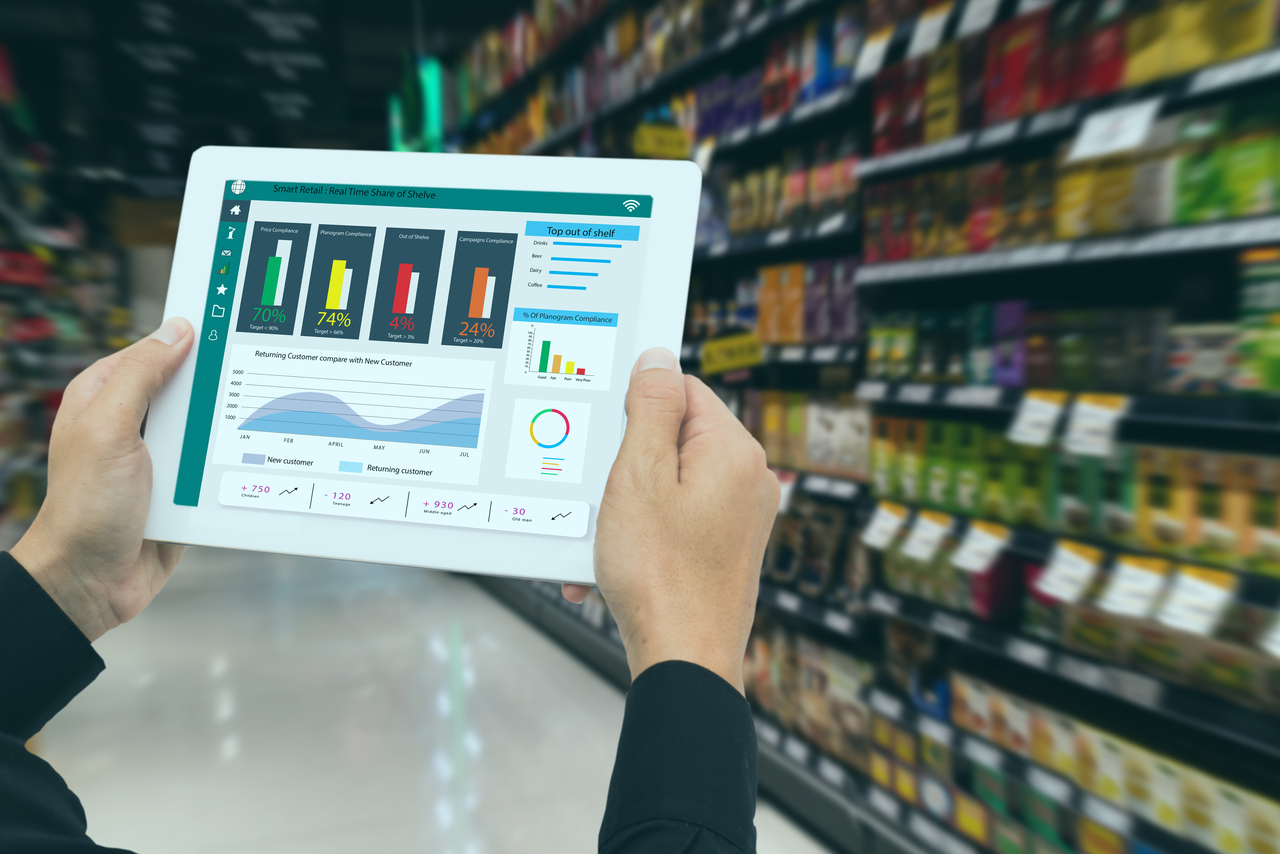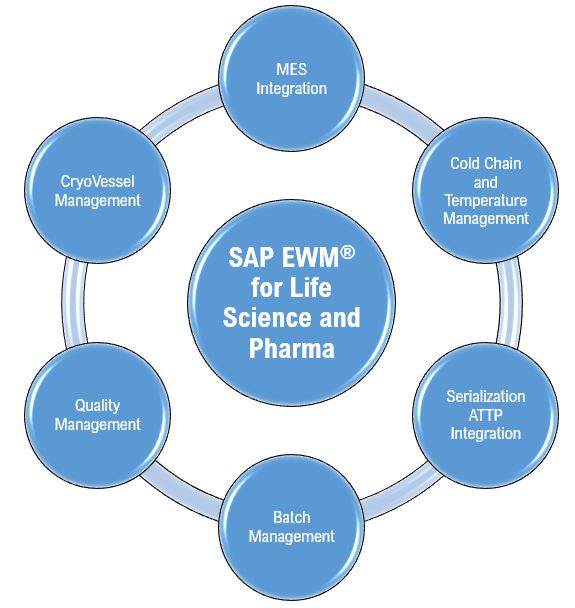In the Part-1 and Part-2 of this blog series, we saw that:
- Sustainability focus is the need of the hour.
- The spirit of ESG is genuine concern, sincere efforts, transparency, and compliance.
- Organisations can adopt multiple frameworks based on comparability, consistency, reliability and ease of use.
- Different countries and regions have different ESG disclosure regulations.
ESG practices focus on long-term business benefit and possible risk mitigation, achieved through visible positive impact on environmental and/or society.
However, ESG policy is not a separate business aspect that is managed in isolation. In fact, embedding ESG-centric processes within the core business practices helps improve profit.
These are some important considerations while embarking on the ESG journey
- Executive-level sponsorship is essential.
- ESG strategy must be well formulated with clear expectations at each level.
- Embedding sustainability goals within business processes and practices offers tangible benefits.
- The most vital activity in this journey is to gather relevant data, analyze it for obtaining the right insights and accordingly set the direction and goals.
- It is important to extend sustainable practices beyond workplace boundaries to supply chain partners and energy providers.
- Clear and targeted communication is the key and must be effective, relevant and timely.
In addition to the mandated demands of a Measuring Framework, organisation must consider integrating ESG goals into business strategies since they stand to gain various benefits such as:
- Increased productivity
- Better cost efficiency and lower cost funding
- Brand image and competitive advantage
- Enhanced stake holder engagement including employees
- Business resilience and risk management
- Increased compliance
Focus areas for ESG compliance and improvement
Different ESG frameworks define different performance indicators or KPIs to measure sustainability performance of an organisation. Most organisations track KPIs under the below heads:
- GHG emission or carbon footprint (E)
- Use of natural resources (E)
- Diversity and inclusion (S)
- Ethics and anti-corruption policies (S)
- Waste reduction and management (E, S)
In view of the current state of ESG in CPG industry, there is a need to:
- Use a data-driven approach while forming policies and defining KPI goals that would improve operational efficiency
- Have necessary visibility on cost, risks, trade-offs in adopting sustainability practices
- Embrace circularity and re-purpose at the product design stage itself to put products to maximum use
- Embed sustainability into end-to-end processes rather than working in silos, focusing on areas of concern like waste reduction during manufacturing process, sustainable sourcing, expanding product range for healthier or sustainable offerings etc.
- Give due consideration to diversity, inclusivity, fairness, ethical labor practices, encouragement for innovation and creativity within the workforce and beyond
Use of modern technologies like Generative AI, AI, ML, IoT, blockchain facilitates better ESG compliance through automation, process re-engineering, enhancements, and innovation. Major technology players realize this and hence, are working on providing solutions, platforms, frameworks to support an organization’s sustainability goals.
Sustainability offerings (products / solutions / frameworks) from SAP
SAP has a suite of offerings to record –> track –> improve ESG KPIs as well as address some of the challenges in an organisation’s journey towards sustainable operations. SAP has noted that one of the Sustainability challenges faced by organizations, is in embedding sustainability in the core business process.
SAP’s various solutions utilize data and insights to create sustainable business models. Its holistic steering approach promotes zero waste with circular economy, along with focus on waste management, takeback management etc. SAP solutions offer features for energy-efficient logistics, cutting carbon footprint, responsible waste management, enabling recycling programs, including customer feedback in sourcing decisions etc. SAP has also created a framework for measurement of ESG relevant data.
SAP’s top solutions for ESG include –
- SAP SCT – Sustainability Control Tower – an action-ready solution that helps establish the necessary foundation for ESG metrics management, reporting, tracking and finance integration. Around 37 metrics are already available.
- SAP SFM – Sustainability Footprint Management – a cloud-based solution that enables businesses to record, report, and act on their carbon footprints across corporate, product, facility, transportation with accuracy and granularity. It allows tracking of progress over time and demonstrates organization’s commitment to sustainability.
- SAP RDP – Responsible Design and Production – switching to more sustainable products and packaging, calculating and paying EPR plastic taxes
- SAP Sustainability Data Exchange – a SaaS product, recognised by PACT (Partnership for Carbon Transparency) of WBSCD (the World Business Council of Sustainable Development), enables exchange of Scope 3 emissions data through collaboration with your trading partners and identify carbon reduction opportunities
- SAP Green Token – Track commodity sustainability characteristics
- SAP Green Ledger – Carbon prices/taxes included as part of every transaction
- EH&S Environment Management (EM) – connected to equipment to lower energy consumption, emissions to avoid emerging carbon prices/taxes
- SAP IRM – Intelligent Returns Management – helps in reverse logistics and enables seamless returns
- Responsible Sourcing and Marketplace Solutions – predictably sell and source recyclable/recycled feedstock
Infosys offerings for bettering ESG compliance
Infosys Sustainability solutions complement the SAP solutions and help fill white spaces to address the business needs. Some of Infosys’s top ESG centric solutions include –
- Infosys ESG Reporting Dashboard – Infosys capabilities in the CPG industry as well as HR and Analytics have helped develop this solution that complements and enhances the SAP SCT standard content, with reporting that caters to multiple standards. It promotes embedding of sustainability metrics into business processes, thereby helping improve sustainable performance and furthering the goals of zero emission, zero waste, zero inequality, zero grievance
- Environment KPI Dashboards – Consumption and Emission KPI tracking, with actionable insights for better compliance
- Social KPI Dashboards – a solution for Wage and Diversity KPIs
- SAP IBP Carbon Footprint Management – to efficiently calculate the carbon footprint at Scope 1, 2, 3 for an organization, using data from 3rd party ESG data provider
- Sustainable sourcing – provides view of ESG relevant KPIs for suppliers using the 3rd Party dataset (e.g. D&B, EcoVadis, ESGBooks). This information is fed back to S/4 HANA procurement processes to enable informed decisions.
- AI-based solutions, for aging waste management, returns management, paperless office practices, localized and social data driven promotions etc.
- European Union Deforestation Regulation (EUDR) – addresses EU deforestation regulation, MVP requirements, helps compliance with documentation of important certificates (FSC and PEFC) for relevant commodities (Soy, Palm oil, Cocoa, Rubber etc.) that are imported in EU.
- Green IT – collaboration with Sopht to provide end-to-end platform to monitor and manage energy usage across IT infrastructure and many more
Conclusion
In summary, the CPG industry is moving towards a more sustainable future, but there’s still a long road ahead. By addressing environmental impact, ethical sourcing, waste reduction, and product innovation, these sectors can contribute to a healthier society and planet. SAP, as the widely used ERP within these industries, has a huge focus on ESG compliance and ESG performance improvement for its customer network. Infosys SAP practice, working in tandem with SAP and other partners, strives to build new and improved solutions to assist their journey to a more sustainable future.
For a comprehensive understanding of ESG’s evolution, sustainability journeys and practices relevant to CPG brands, read our POV on “Driving the ESG Agenda with SAP in the CPG Industry,” here.











